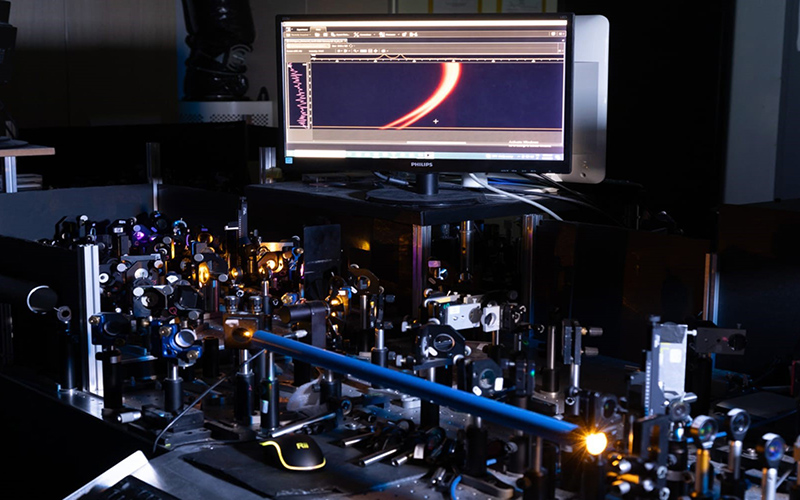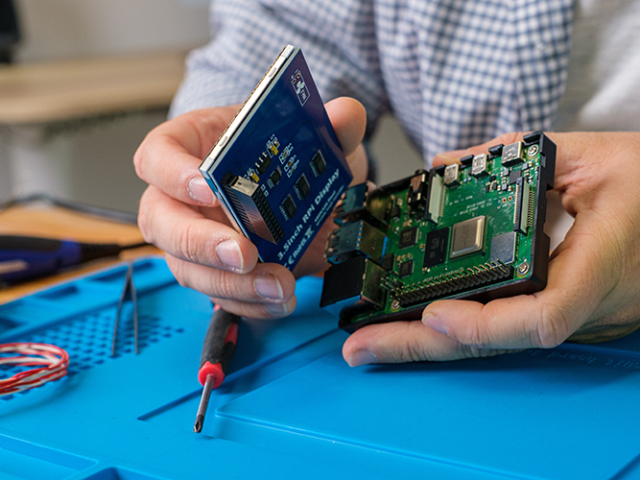Sustainable optical computers based on photonic logic gates with low power consumption, but also nano-scaled optical chips and novel sensors with high sensitivity: the research carried out by an international team coordinated by Politecnico di Milano in collaboration with University of Sheffield (UK) opens those new intriguing perspectives for the near future.
The researchers observed that the effect of quantum tunnelling of electrons between two adjacent layers of atomically thin semiconductors drastically modifies their transparency, after being illuminated by laser light. The work has been recently published on the prestigious journal Nature Communications.
More in detail, the research team explored the effects of this bidirectional “transport” of electrons between a layer of atomically thin material to another one, the so-called quantum tunnelling. Because of this transfer, the electrons are delocalized among the layers and they compete with the electrons localized in only one layer to occupy the same energetic state. This phenomenon follows the so-called Pauli exclusion principle, which also hinders light absorption if the states are already occupied by the electrons. This process can strongly modify the optical properties of the employed materials, increasing their transparency after illumination with laser light.
In summary, the competition between electrons generates a drastic decrease in the light absorption in such materials, increasing their laser-induced transparency.
The observation of such properties paves the way for new research horizons in the field of photonics and materials science, for future applications in optical and quantum computing.




